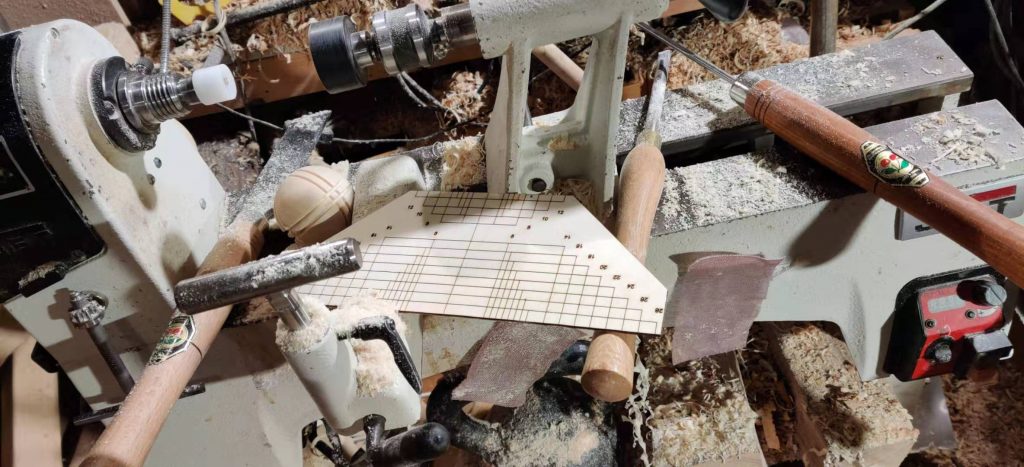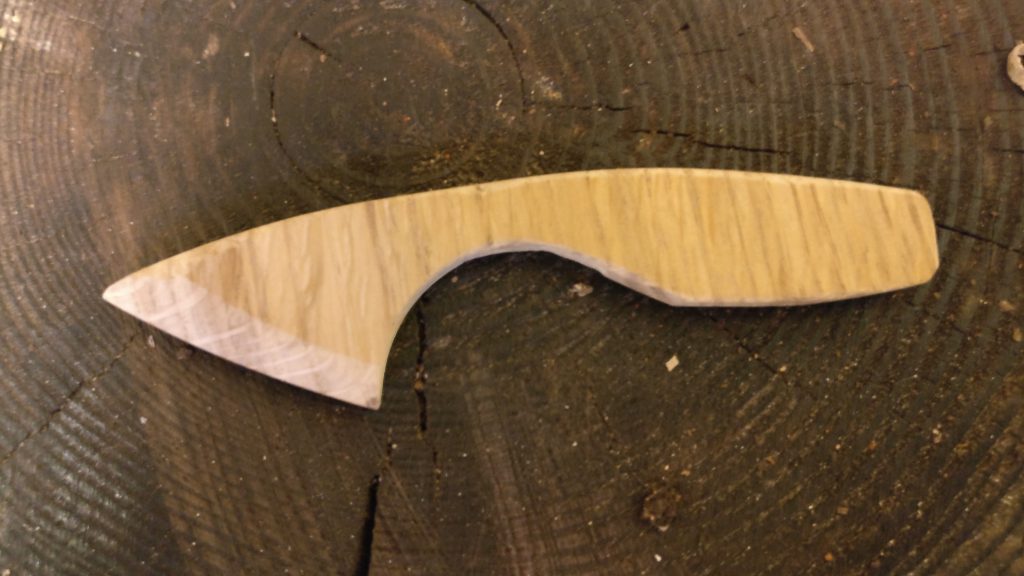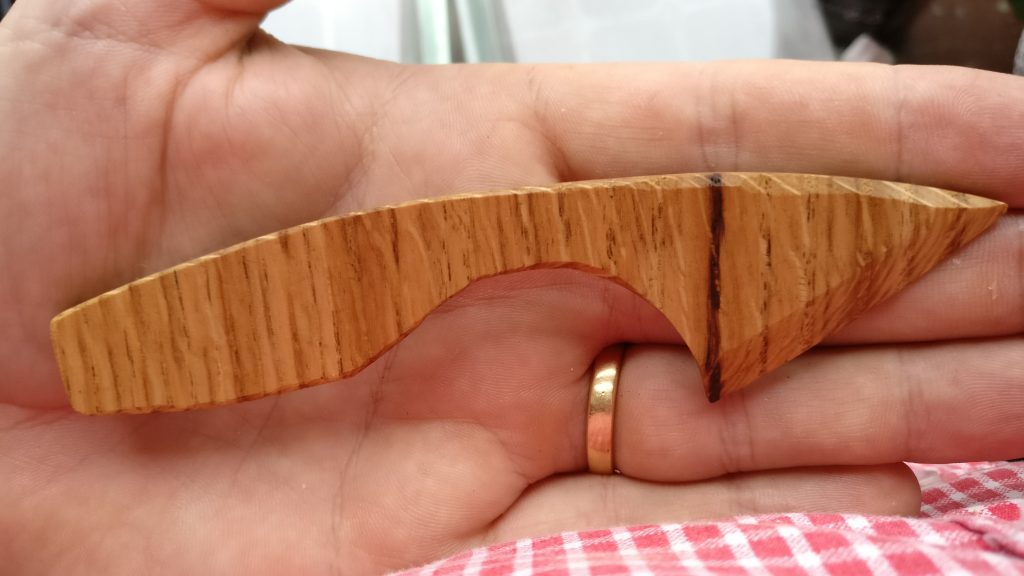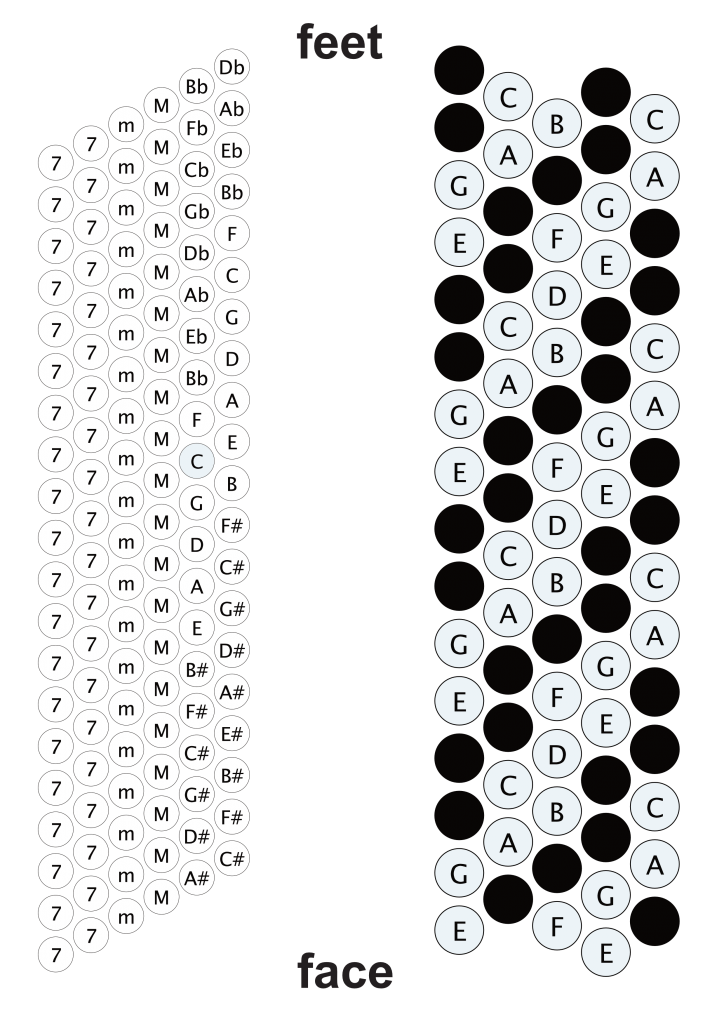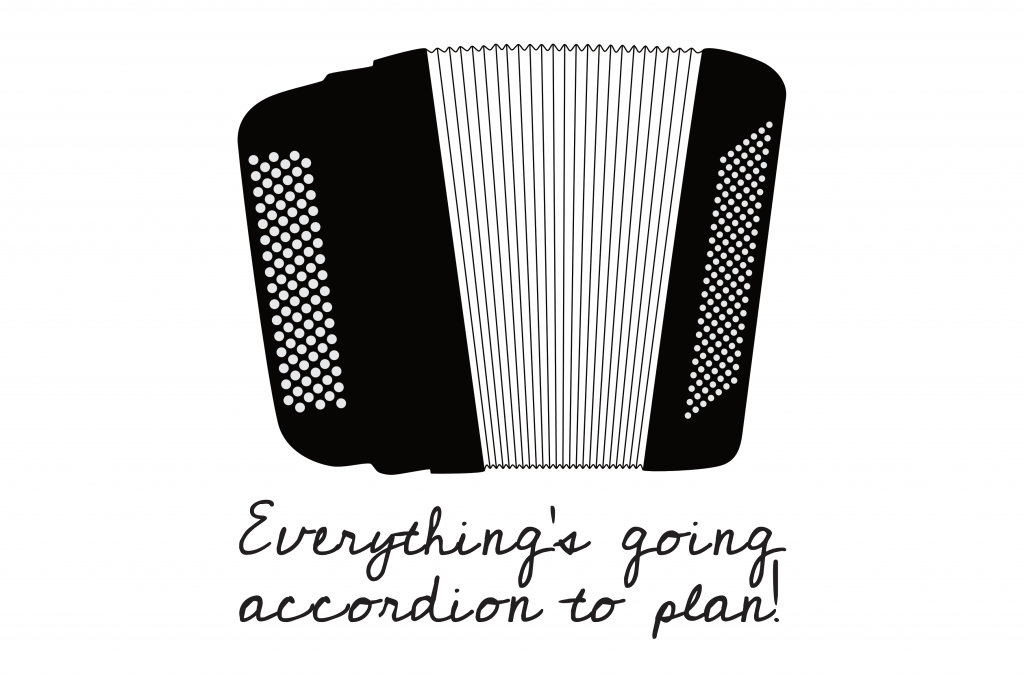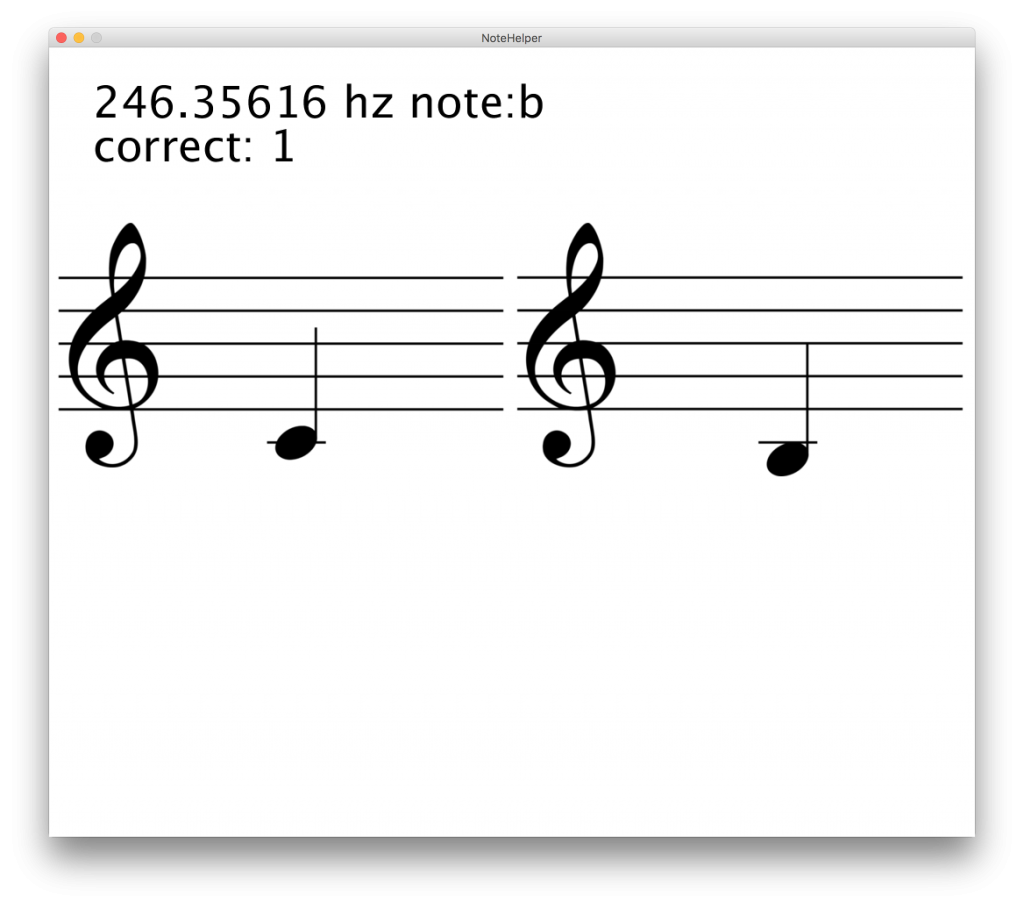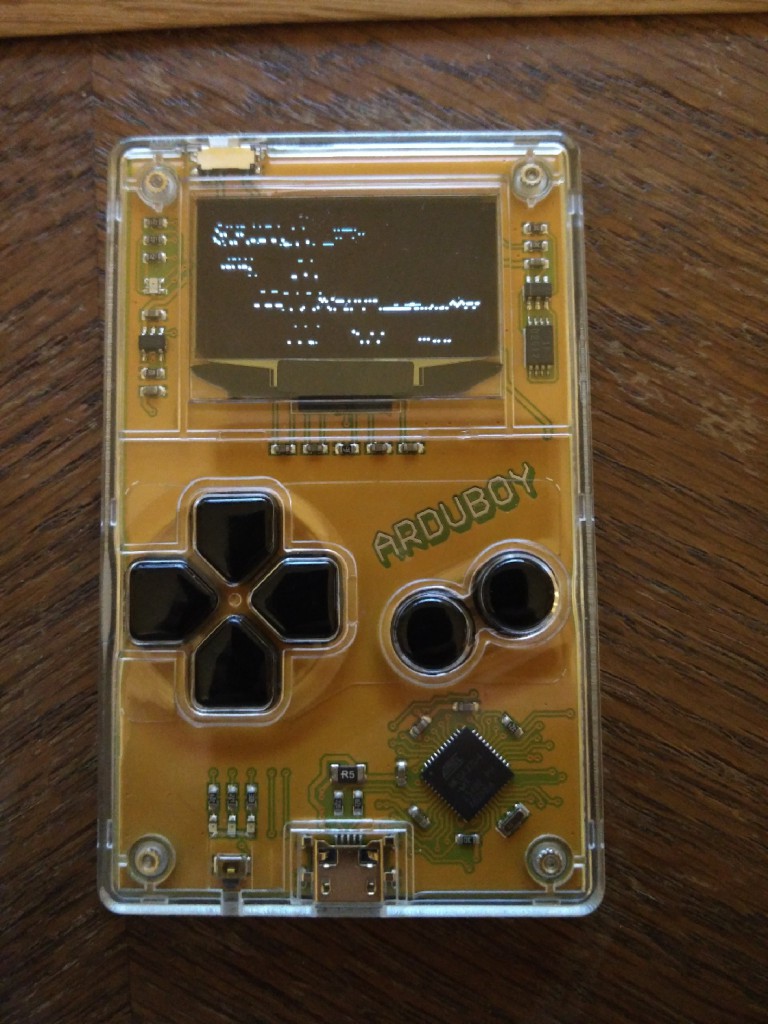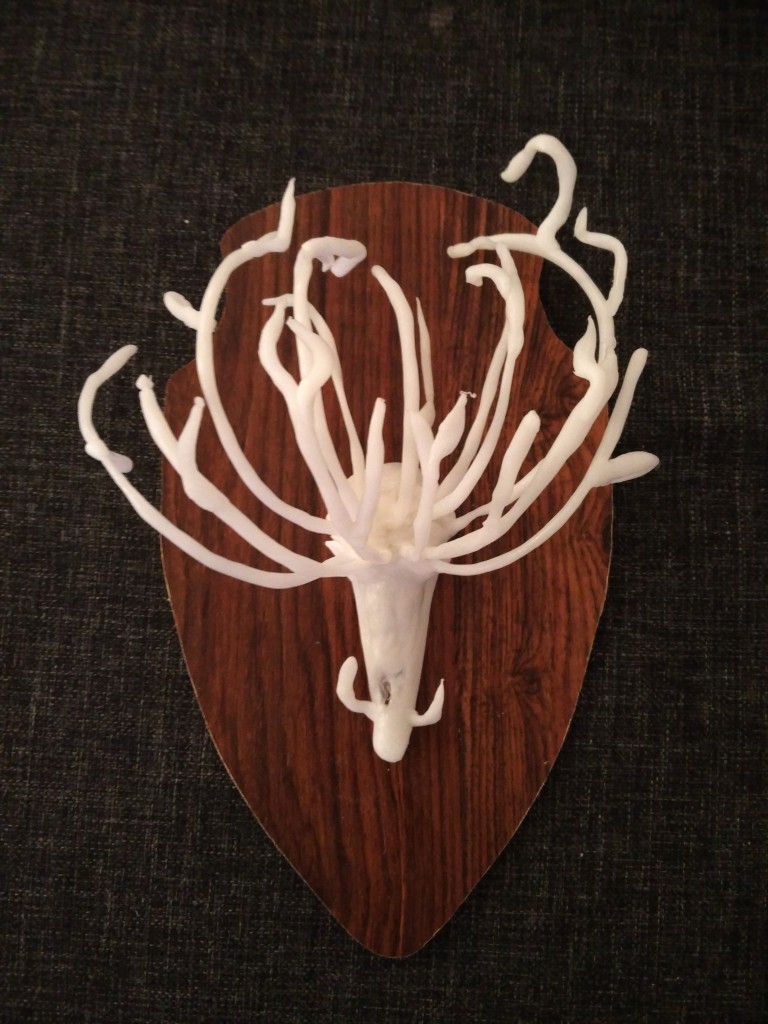
So I’m diving into passive income schemes. What is passive income?
Passive income is when you make something for a limited time and then it continues to make you money even if you are not doing the work anymore.
A musician that records a song, and then get’s royalties is a passive income. A painter that makes a painting and sells it once, that is not a passive income.
So I’m trying the t-shirt print game. Making t-shirts that are witty and unique. And also other things.
The way to do this is print on demand.
Print on demand is just putting the print on the thing when someone has order one. Nice for the environment!
There are a lot of options around. Redbubble and Printify and so forth.
I chose Spreadshirt, since, it I have bought stuff from them in the past and they seemed local to me (Sweden) because of the environment.
I did not put a heck of a lot of effort into thinking about this, or even do some research. Blinded by all the money I would make.
So now that I’ve taken a bunch of nice looking designs, and made some new that are witty and fun, and should be sellable, really, because they are nice looking and they are similar enough to other.
Spreadshirt has this nice thing where you can create individual “stores” but have one spot where you upload things but can create different “brands” So I used that and created a store that makes Prohibitory traffic sign but with other things. Using European style graphics.
So far the biggest seller has been the one against balloons. https://shop.spreadshirt.se/funnyverboten/f%C3%B6rbud+ballong?idea=603fa4d389e7102447680354
With 3 sales.
During these two weeks, the store has been open, 3 sales.
Guess I have to try and make ads for the shop now. Since even using the exact search terms does not end up on the ad Spreadshirt has bought on google does not show any of my t-shirts.
So I just changed the spelling of ballong from “balong” in the tag’s and installed Google search console to see what I can do with that.
Now I’m going to make a couple more Prohibitory traffic signs about the weather.
